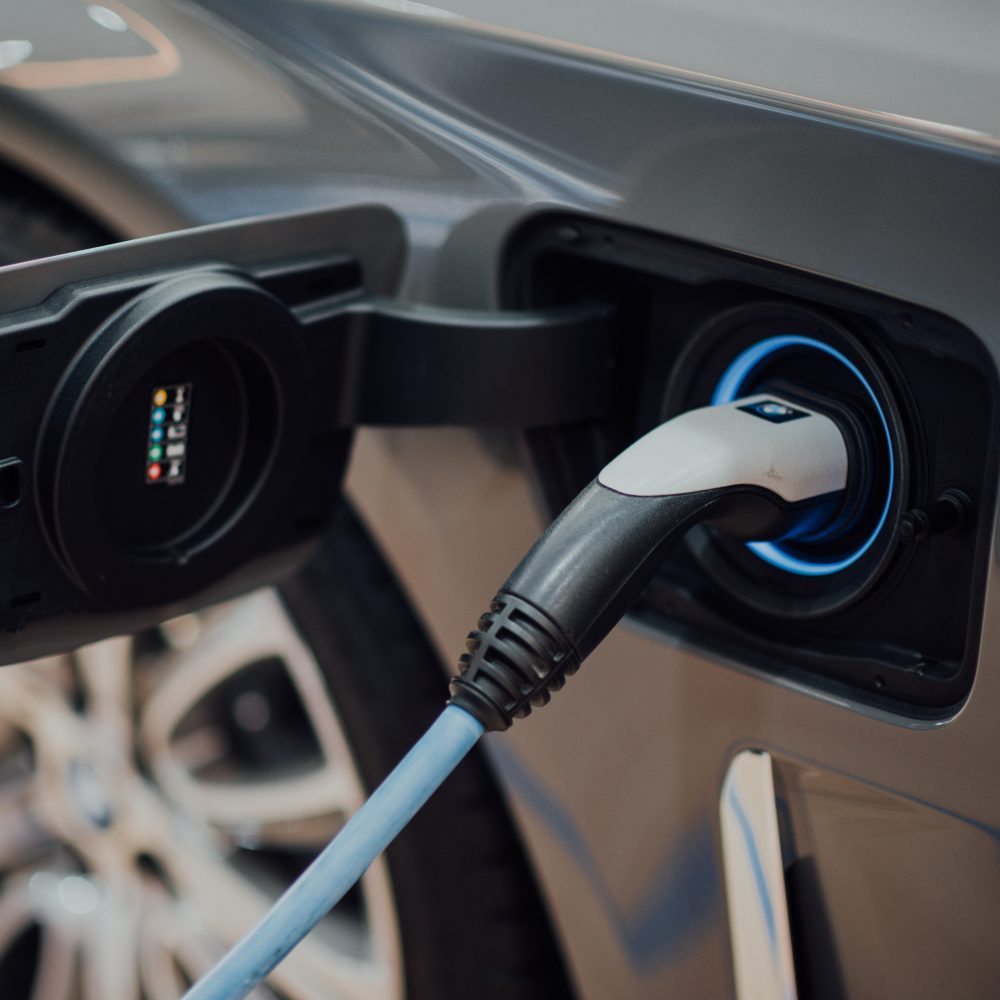
The U.S. Fire Administration wants to keep communities safe from fire and electric shock related to charging electric vehicles (EVs). There are two types of home charging, Level 1 and Level 2. Level 1 uses the charger included with the EV. These chargers are plugged into a standard 120-volt outlet. Level 2 charging uses a charger that is sold separately from the EV and allows for faster charging times. They are plugged into a 240-volt outlet. Read on for safety tips.
Before buying an EV, have a qualified electrician install:
- A new, dedicated circuit for your EV charging device. Older home wiring may not be suitable for use with EV supply equipment.
- A Level 2 charging device (if that is your preferred charging method).
When you charge an EV
- Follow manufacturer’s guidelines when charging your vehicle. Check with your local dealer if you need additional information.
- Purchase a charging device that is certified by a nationally recognized testing laboratory.
- Plug Level 1 EV chargers directly into an outlet designed to handle the amperage of the charging device. Never use a multiplug adapter or extension cord.
- Install a residual current device with the charging unit. It will turn off the power if a fault is detected and help prevent a fire.
- Place all charging device components out of reach of children when not in use.
- Maintain the components of your charging station according to the manufacturer’s maintenance guidelines. Signs of excessive wear may indicate a potential shock hazard. Never use an EV charger with obvious signs of damage.
- Cover the EV charging station outlet to stop water from entering. Check the manufacturer’s guidelines to make sure it is safe to charge your EV in wet conditions.
Download the safety tips handout here.

